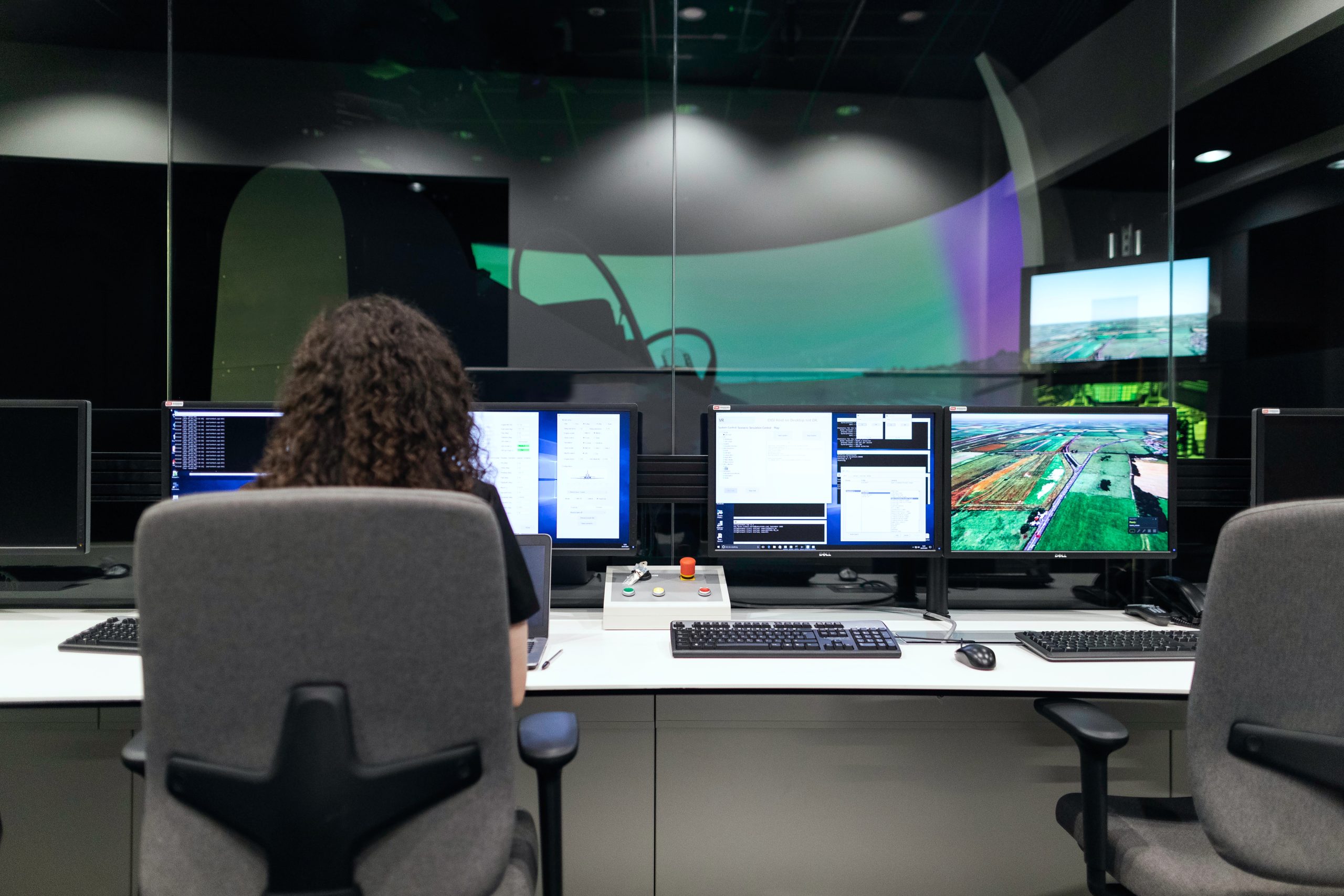As the name implies, software testing is the process to check whether the product developed does meet the predetermined software requirement specification or not. Also, is it bug free or not! Software development life cycle is a process that requires both strategy and thoroughness. And you know what, there is no scope for ignoring either of these aspects. Unfortunately, not every business is aware of this fact so what they do is end up underestimating the importance of software testing in SDLC. This surely leads to huge disappointment and losses.
Apart from this, many of you have this misconception that software testing must be considered as an afterthought. Whereas the reality is that the software testing phase must be included in every stage of the software development lifecycle.
Role of Testing in Software Development Life Cycle
Now many of you often have this misconception that software testing life cycle and software development lifecycle are the same. Well, the SDLC model is the entire development process of any application undergoing from ideation to post-production whereas testing is a subset of the entire SDLC featuring multiple phases.
However, earlier it was assumed that software testing can be conducted either at the beginning or at the end of SDLC but not anymore. Today testing can be conducted at every stage of the software development lifecycle. For a better perspective, take a look at the certain phases of SDLC.
Now what you may not know is each phase comes with a specific set of rules for entry and exit. All the entry tasks must be performed before tests are being conducted and exit means afterwards before the conclusion of the testing phase.
#1 Analyzing the requirements
The requirement phase or requirement analysis testing is one of the crucial phases where professionals irrespective of different backgrounds sit together and discuss which software elements must be tested. It’s more or less kind of a brainstorming lesson.
Here the term requirement refers to the unique functionalities, what aspects were taken into account while developing the software. Everything must be analyzed prior, right from gathering all the information and datas to what type of tests must be undertaken.
#2 Test Planning
The next phase is test planning. Here a team of QA(Quality Assurance) members are involved. Once all the necessary information is collected, requirements are analyzed, a plan is laid out! The overall scope of the project, the sole purpose of the software, everything is taken into consideration while test planning. So what all is included here?
- Prepare different test plans
- Determining time and efforts
- Which tools and platforms must be used to conduct tests?
- Which team will work on which task - Assigning precisely
#3 Test Case Development
Next, we have to decide on the components of the software that are supposed to be tested. A test case can be defined as the how part of software testing.
See a software developed would surely comprise of a wide range of modules and each module might incorporate tons and tons of bugs/errors. You can never judge which bug resulted in malfunctioning. To investigate thoroughly, you need to understand the root cause and for that you have to dig in deep.
It’s not just the testers but even developers are asked to spend time by evaluating each framework and fix the issue whenever found. Now the thing is redoing things all over again may cause a domino effect. As a result, you have to welcome more problems. Conducting software testing can definitely save your day. In this case, days!
#4 Test Environment setup
This phase describes whether the overall conditions are apt for both software and hardware when tested or not.
#5 Test Execution
Now it’s time for the magic to happen! The test execution phase is said when the development team conducts software testing. Here defects and bugs are searched for on a repetitive basis and are fixed right then and there.
#6 Test Cycle Closure
As soon as all tests are completed, testing teams join their teams and sit together to discuss the results. Here not just the issue but solutions are also being spoken about. Not to mention that software testers also give feedback on what to do to avoid such issues in the future projects. In the end, a quality report is created.
In the end, the quality of the product will surely speak for itself.
Models of Software Testing in SDLC
I am pretty sure by now you must have understood how crucial software testing procedure is while conducting software projects. Fortunately, there are a plethora of software testing models available in SDLC, each one of a kind! So go through each one and choose wisely!
1. Agile Model
One of the most tried and tested development life cycle models where requirements and solutions go hand-in-hand. The Agile model mainly focuses on adaptability and customer satisfaction. Here the product is divided into small parts so that it can be delivered at a lightning speed.
Apart from customer satisfaction, the agile model works wonders internally especially among different departments whether it’s a team of developers or testers. Everything can be taken care of seamlessly unless the customers aren’t clear about their end goals and keep on changing them.
2. Waterfall Model
Other interesting SDLC models include the waterfall model. Unlike others, the waterfall model follows a linearly sequential flow. Whether it’s gathering different requirements to analyze each one of them, implementing them, testing and maintaining them, the waterfall model covers it all!
The waterfall model is way better when it comes to implementation and low maintenance. In fact, ample time can be saved. Testing is conducted after every implementation phase of the development is completed. Projects with less changing requirements should opt for this model.
3. V-shaped Model
Now this one is pretty similar to the waterfall model. So you must be thinking about how these two are different? The key here is the planning. One can conduct the overall development process and test execution simultaneously.
The V model does offer a wide range of advantages such as it is easy to use, saves time and has a huge success rate. And most important of all, the defects are found at an early stage.
4. Proto-typing Model
The Proto-typing model emphasizes on developing bare-bone versions. It’s more like a prototype of the developed software application. By doing this, different components can be visualized and lots and lots of time can be saved.
Once you are done and dusted with the final prototype, the original application also gets accomplished.
5. Iterative and Incremental Model
As soon as you understand the functionality, you can begin with the development. The model is quite repetitive and comprises numerous iterations where each one comprises an individual component which can be added to enhance the overall functionality later on.
What makes it a cut above? Risks can be taken care of in no time. Apart from that, the result can be measurable.
Benefits of Software Testing in SDLC
Though software testing is one of the phases of the software development life cycle. However, software testing must be included in every phase. Let’s go through their advantages and ways software testing can aid SDLC procedure. One of the obvious advantages here is that irrespective of the type of testing ,errors, defects and bugs can be identified at an early stage. This serves as a pure bliss as it saves everything time, money and energy.
- When conducting software testing earlier means low cost in comparison to the one that appears after the release of software featuring bugs. is released.
- Quality speaks way more than quantity. With effective software testing, excellent quality can be expected.
- By conducting software testing in all phases such as development, production, can be pretty much beneficial instead of considering an afterthought.
- User satisfaction
- Reduced development and maintenance cost.
Conclusion
This is it! I hope now you know what software testing is and why software testing plays a crucial role in the software development lifecycle. In case you still have any doubt, feel free to mention that in the comment section below.



7 thoughts on “What Is the Software Testing Life Cycle?”